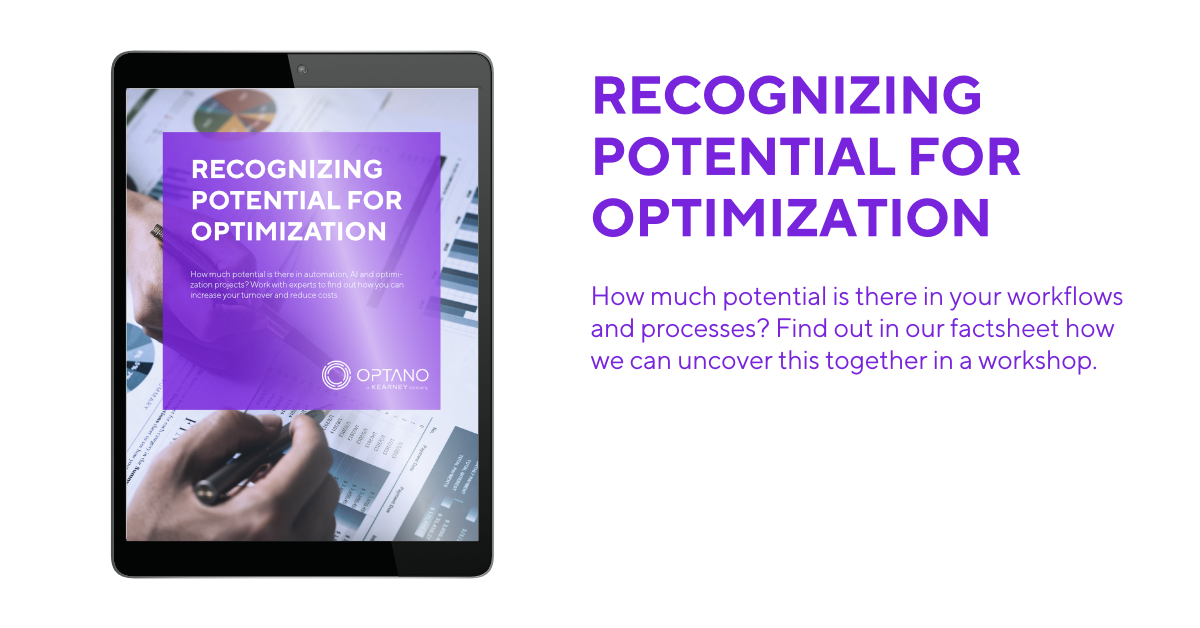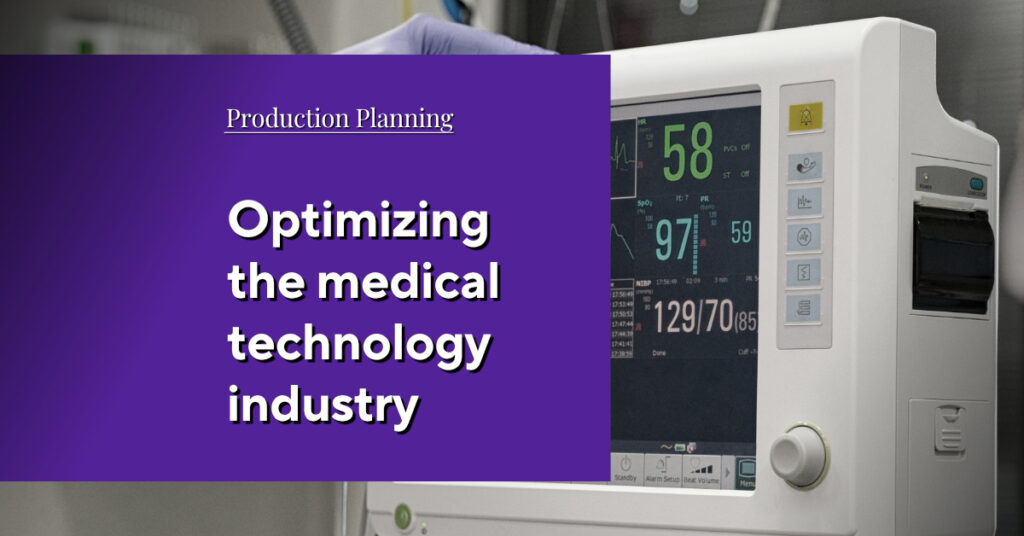Optimizing
safety stocks
When I hear the word safety stock, I immediately think of my stock of baking powder, because I have a very high level of safety stock. The thought of not being able to bake something spontaneously because there is no baking powder in the house makes me buy baking powder constantly – even if the stock would last for a few months. Better safe than sorry! My safety stock of baking powder is therefore high and fortunately baking powder is neither expensive nor does it take up a lot of space in the store cupboard.
Safety stocks are a much more critical issue for the industry: resources and storage space are expensive and tie up capital that could potentially be invested more wisely in other ways. At the same time, the consequences of a stockout are much greater than if I were to run out of waffles.
So how can safety stocks be selected so that they are always high enough, but at the same time as low as possible so as not to cause unnecessary costs?
Better safe than sorry!
Is more really better?
“Better safe than sorry” is a motto we often encounter in the industry. The fear of a stockout or the last case that actually occurred ensure that safety stocks are increased. However, safety stocks are often not based on evaluated figures, but arise from a gut feeling. Anyone who has run out of stock once – even if it is only a one-off peak in demand – tends to prefer to have a little more of everything in stock of everything.
In order to move safety stock planning away from a gut feeling to an evaluated figure, a few considerations need to be made. The level of service plays a central role: if you want to fulfill 95% of your orders in the desired time, you need higher safety stocks than if you only want to be able to deliver 75%.
The reliability of the supply chain also plays a role: the less reliable suppliers are, the higher the safety stocks that need to be selected to compensate for this uncertainty. However, if a supplier is very reliable, they can be selected at a correspondingly lower level.
Thirdly, demand forecasts play an important role: the more accurate they are, the better the optimum safety stocks can be determined. If sales forecasts are very uncertain, the associated safety stock calculations will also be inaccurate. If peaks in demand have to be expected at all times, the safety stocks must also be set correspondingly higher.
For my baking powder stock, this basically means that I would hardly need to build up any safety stock. Normally, baking powder is always available in the store and the safety stock would only need to cover the times when stores are closed. My safety stock is obviously based less on facts than on my fear of not being able to bake waffles.
Mathematics for the optimal safety stock
Calculating instead of estimating
Individual baking ingredients in the private sector are easy to keep track of and estimate, but for productions that require many different primary products and raw materials and are provided by several suppliers, manual planning of optimal safety stocks is difficult or even impossible. If fluctuating sales forecasts are added to this, it is almost impossible to make a sensible choice.
Technical support in the selection of safety stocks can provide a solid basis for the selected values. The demand forecasts and their reliability, as well as the reliability of the supply chain, are evaluated for all goods and the safety stock required for the desired supply capability is calculated.
Mathematics always maintains an overview and can include costs for warehousing and service providers as well as unreliability in supply chains or forecasts.
More interesting articles
Optimal safety stocks and delivery capability
No problem with OPTANO
With our warehouse optimization software, we offer various options for optimally selecting safety stock levels. Firstly, the optimum safety stock level can be calculated for all products on the basis of the desired delivery capability and the information on demand and reliability of the supply chain. In our experience, safety stocks are often set too high and savings can already be realized with this step.
However, further considerations can also be made. For example, what-if scenarios can be used to run through how safety stocks would change if the delivery capability level were to be increased or decreased. The consequences of a change of supplier can also be analyzed in such a scenario: What would be the consequences of switching from a cheap but unreliable supplier to a slightly more expensive but more reliable one?
With OPTANO, many decisions relating to the choice of safety stocks, the degree of supply readiness and the supply chain can be calculated optimally based on data. This means that you no longer have to make these decisions based on gut instinct, but are well informed and based on facts.
Baking powder - or no baking powder
That is the question
Now that I have noticed and analyzed my baking powder purchasing behavior in this context, I will probably reach for it less often in the store. And to be honest, my current “safety stock” will last for some time to come. Fortunately, baking powder is not a perishable product, so at least it won’t go off before you use it.
Do you also have potential for optimization?

There is potential for optimization in almost every company. But where is the best place to start? Where can the quickest or greatest savings be made? We offer a workshop to get to the bottom of precisely these questions. Find out the details in our factsheet.
To obtain our factsheet, all you need to do is enter your contact details in the space below. A pop-up window will then open to download the whitepaper. Please note that by providing us with your email address, you agree that we may contact you on this topic. You may revoke this agreement at any time by contacting privacy@optano.com.







